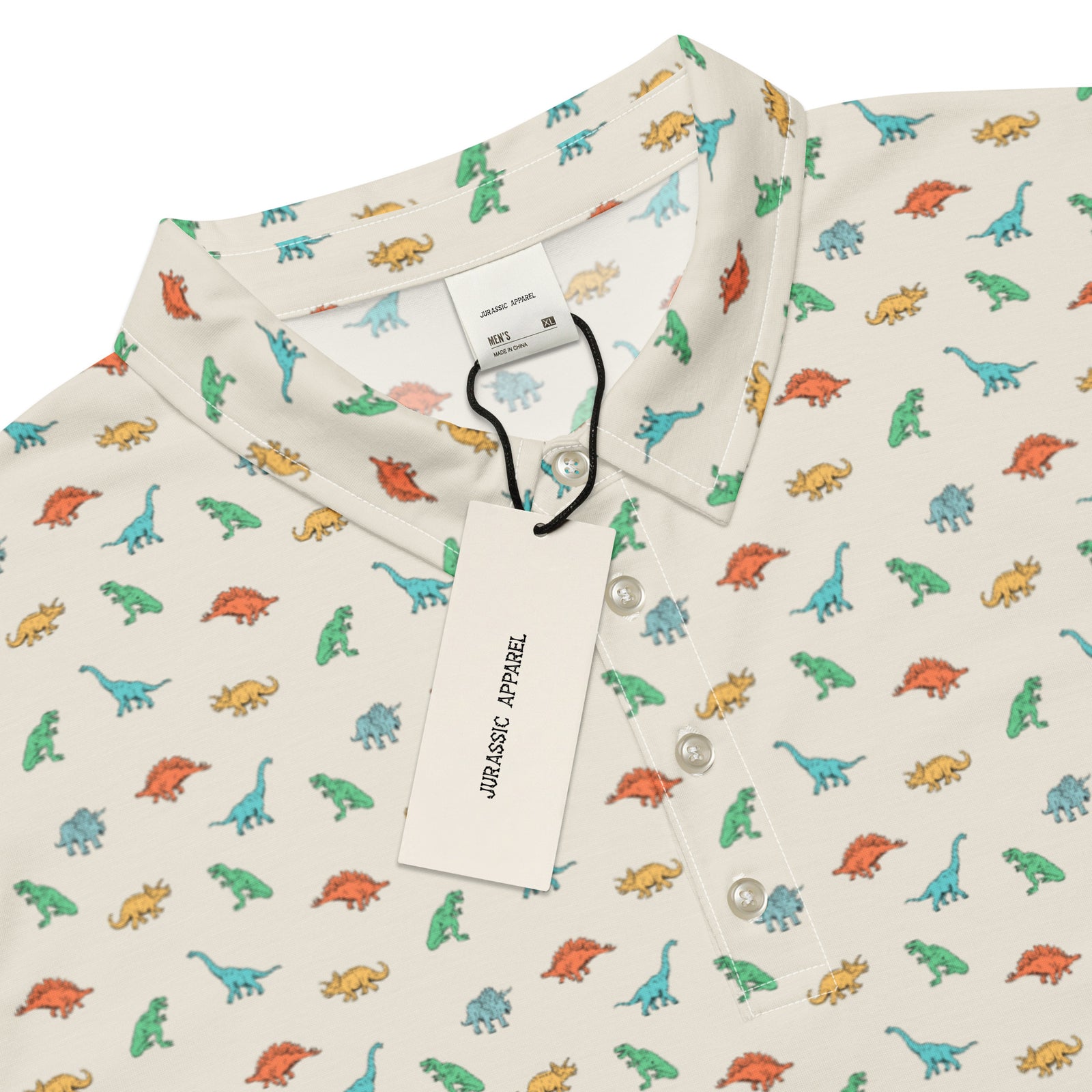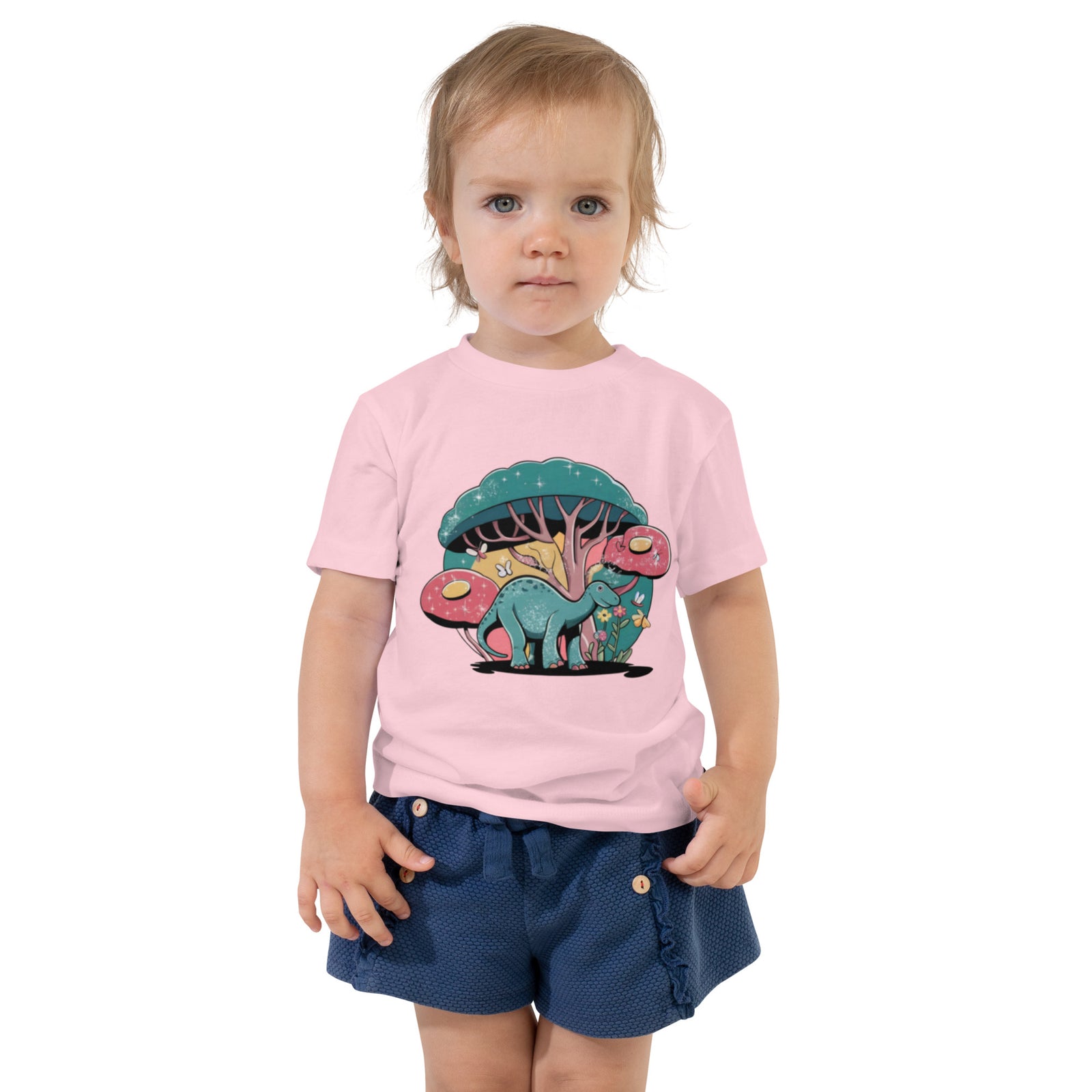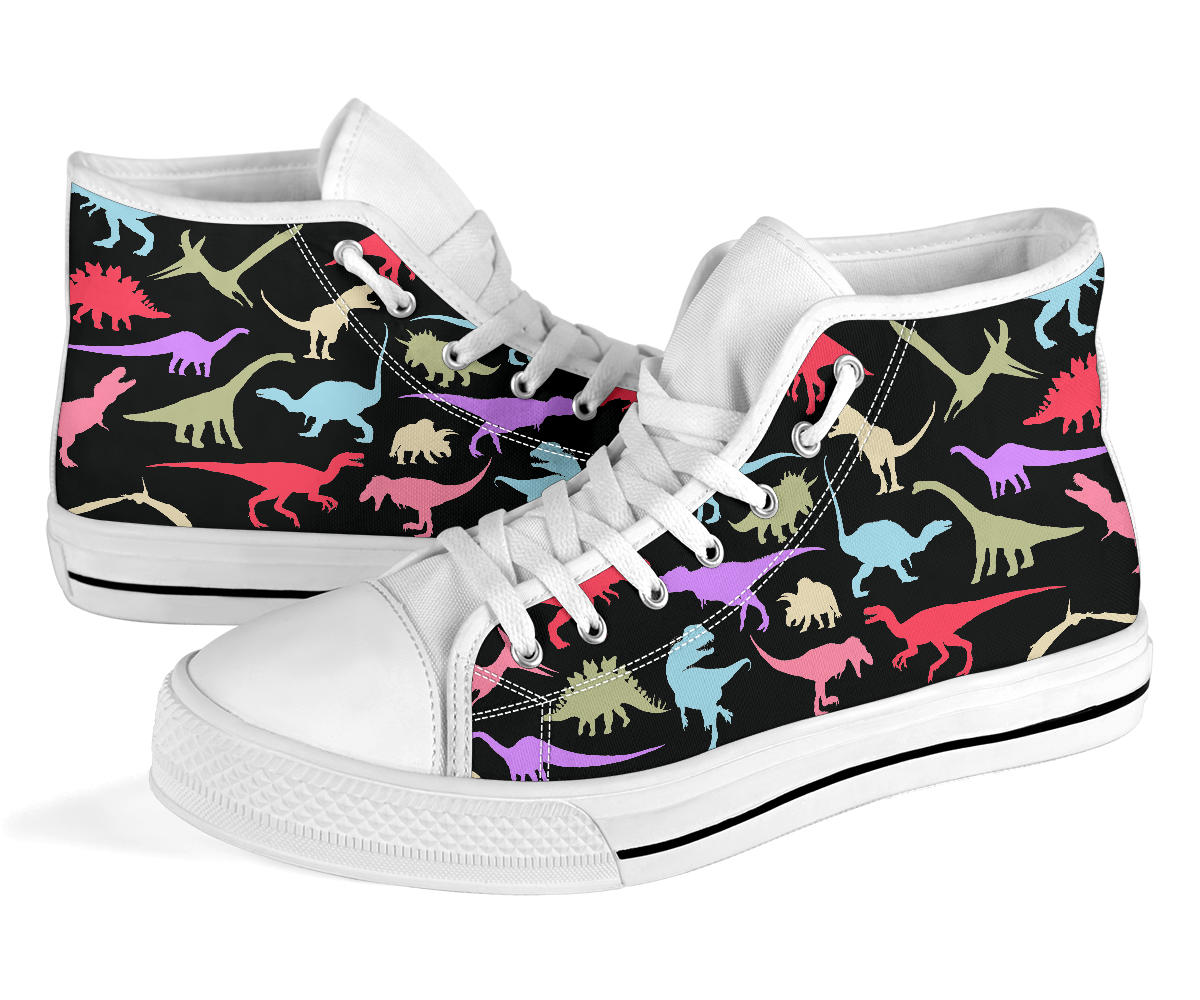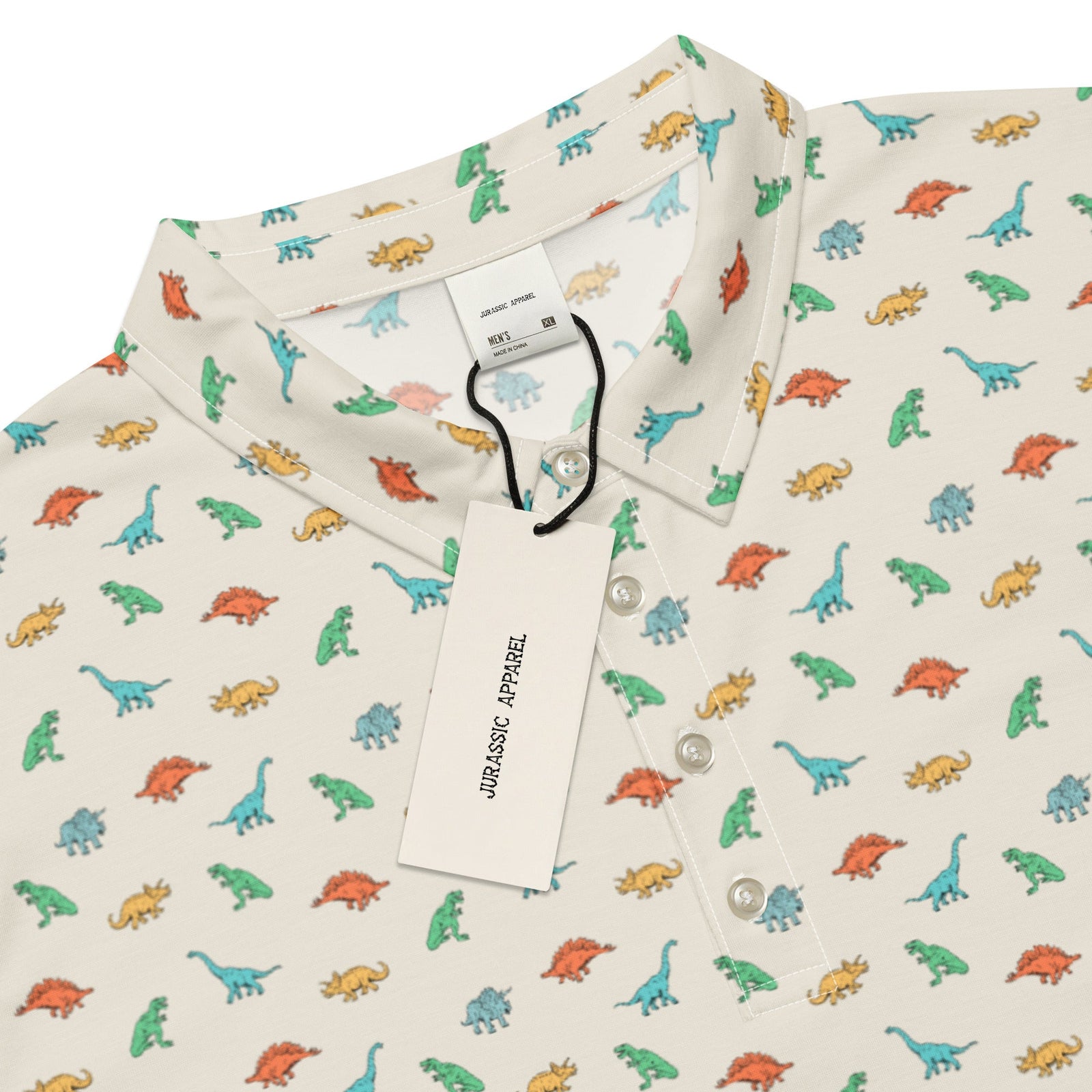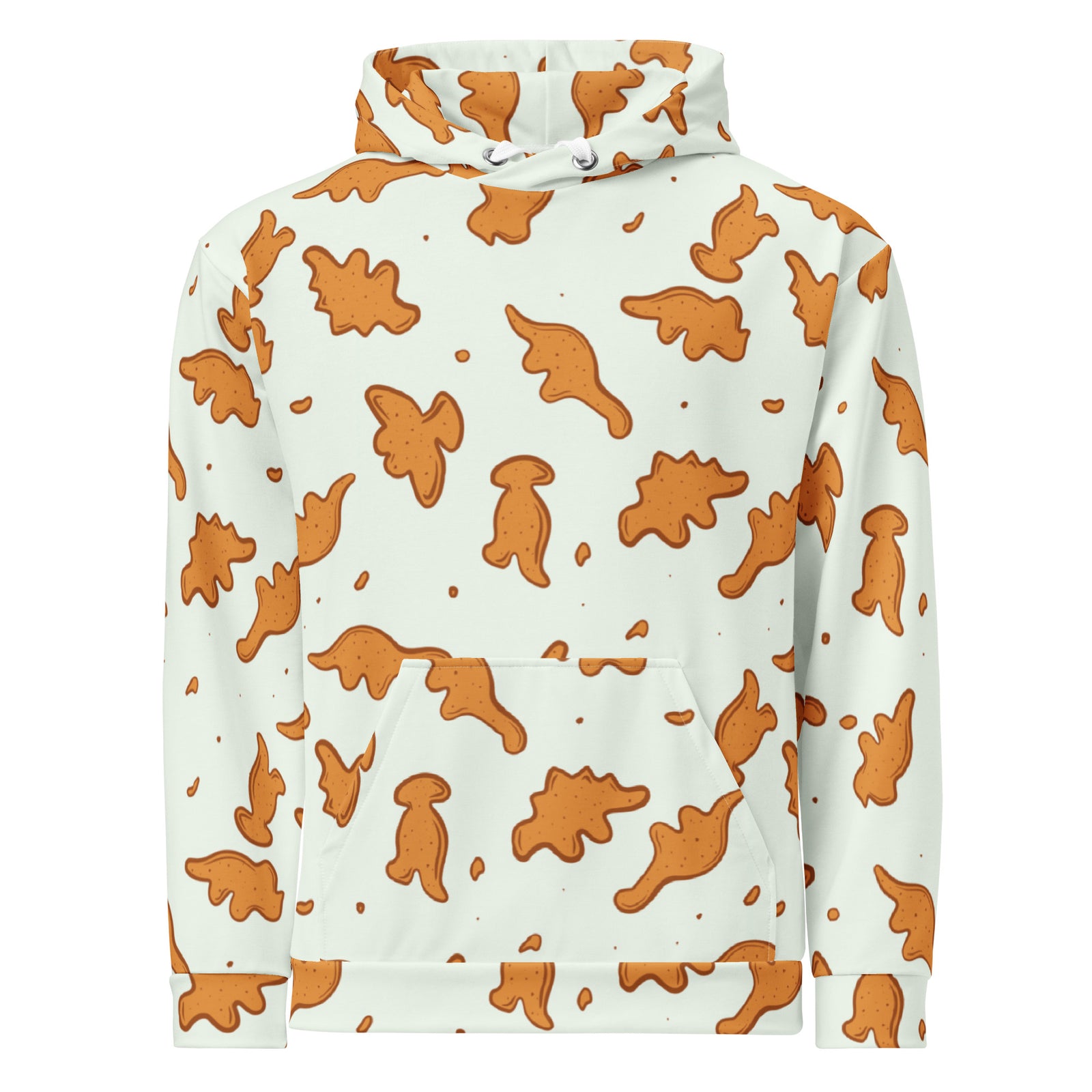Free Shipping On Orders over $75
Free Shipping On Orders over $75
Women's
Men's
Kids
Baby/Toddler
Accessories
Tenontosaurus
August 15, 2024 3 min read

(AI Interpretation)
Dinosaur Facts:
- Dinosaur Type: Ornithopod
- Period: Early Cretaceous (approximately 113 to 108 million years ago)
- Diet: Herbivore
- Length: About 30 feet (9 meters)
- Height: Approximately 10 feet (3 meters) at the hips
- Weight: Roughly 1 ton (approx. 900 kg)
- Notable Features: Long tail, large claws on forelimbs, and a flat, beak-like snout for feeding on foliage
Tenontosaurus for Kids
Meet Tenontosaurus! Tenontosaurus, known as "the stretching lizard," is a fascinating dinosaur that roamed the Earth during the Early Cretaceous period. With its long neck and tail, this herbivore was well-adapted for life in a lush, vegetation-filled environment.
What did Tenontosaurus look like? This dinosaur had a unique blend of features. It possessed a slender body, long limbs, and a long tail that helped it maintain balance. Its beak-like mouth was perfectly suited for munching on plants, while its strong forelimbs were equipped with large claws that might have been used for foraging.
What did Tenontosaurus eat? Tenontosaurus was an herbivore, primarily eating leaves, plants, and possibly fruits available in its environment. Its beak allowed it to easily clip off vegetation, while its strong jaws helped grind it down for digestion.
In-Depth Look at the Tenontosaurus
Anatomy and Physical Features Unlike many of its dinosaur counterparts, Tenontosaurus boasted a unique combination of features that provided insight into its lifestyle. It had an elongated body structure, which facilitated efficient movement through vegetation. Its long limbs helped it navigate its habitat, while its flat, beak-like mouth was tailored for browsing and eating plants. According to paleontologists, the morphology of its limbs suggests it could also move quickly when necessary, making it a versatile herbivore (source: American Museum of Natural History).
Behavior and Habitat Fossils indicate that Tenontosaurus inhabited floodplains surrounded by lush vegetation, suggesting it preferred environments rich in plant life. Its social behavior is still debated, but some evidence suggests that it may have lived in herds, providing safety in numbers from predators like the fearsome Acrocanthosaurus (source: University of California Museum of Paleontology).
Scientific Discovery and Research Tenontosaurus was first described in the 1970s, having been discovered in the early Cretaceous rock formations of Texas. Since its initial identification, numerous fossils have been unearthed, enriching our understanding of this dinosaur's biology and ecosystem. Continuous research has provided fresh insights into its phylogeny and evolutionary adaptations over the years (source: Paleontology World).
Social Behavior and Hunting Techniques While Tenontosaurus was primarily an herbivore, evidence suggests it developed social behaviors possibly to deter carnivorous dinosaurs. Fossil findings show patterns that hint at communal living or herd-like structures, which may have provided safety from predators (source: ScienceDaily).
Tenontosaurus in Popular Culture Despite not being as famous as some of its larger dinosaur relatives, Tenontosaurus has made its mark in documentaries and educational materials aimed at bringing dinosaurs to life for younger audiences. Its intriguing features and herbivorous nature captivate children's imaginations, making it a staple in books and films about the Mesozoic era.
Ongoing Research and Discoveries New findings continue to emerge about Tenontosaurus as technology in paleontology advances. Research is ongoing, examining the dinosaur's life habits, environmental impacts, and its interactions with other species during the Cretaceous period, enhancing our understanding of its place in the prehistoric world.
Conclusion Tenontosaurus, with its remarkable adaptations and unique physical features, offers a fascinating glimpse into the life of dinosaurs during the Early Cretaceous period. As we continue to study this intriguing herbivore, we not only learn about its existence but also about the rich tapestry of life that once thrived on our planet.


